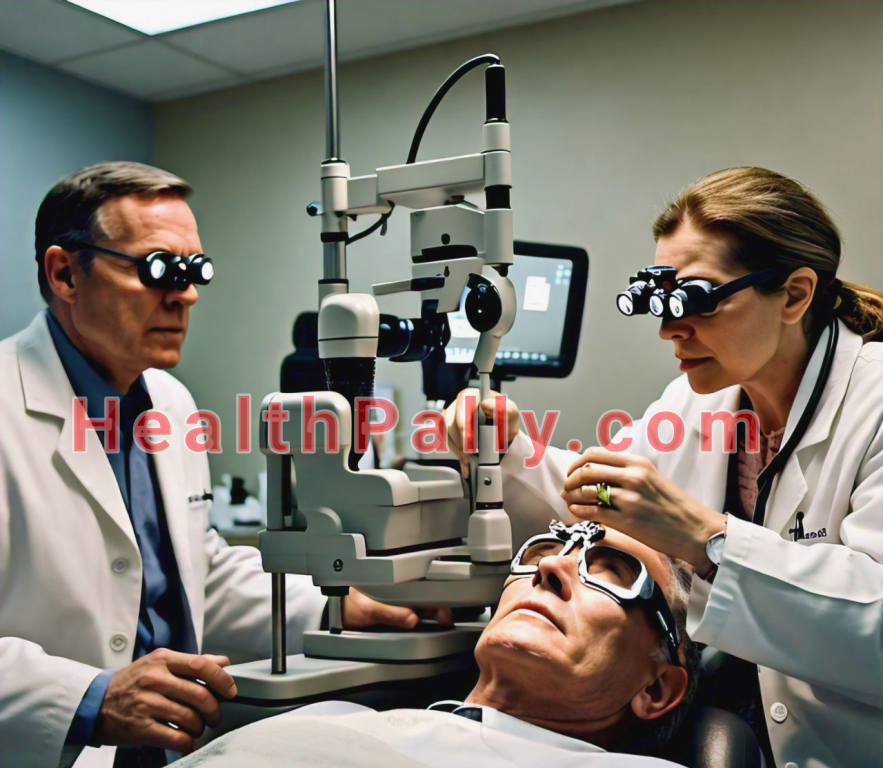Our Eyes (windows of our soul) is one of the most important parts of the body.
Although, all parts of the body are very important to man and a damage to one part may ‘psychologically’ become a damage to all.
However, eyes are so much important that one can feel empty for being blind. Let’s talk about some common eye problems and some suggestions.
DRY EYES
A condition where there’s an inadequate supply of tears or the tears don’t form a good film over the eyeball.
Your optician can rule out serious causes then discuss using artificial tear drops.
WATER EYES
It’s usually due to irritation, allergy or infection. Again, see a doctor to rule out any underlying problems.
STY
A painful red lump on the edge of the eyelid due to infection of an eyelash follicle.
Gently apply warm compresses every three to four hours and wipe eyelids with sterilized water.
Most sties gel better on their own but antibiotic drops might be required or small operation may be needed to drain the pus.
CONJUNCTIVITIES
Inflammation or redness of the membrane covering the eye and inner eyelids.
Most cases are due to viral infection and don’t need specific treatment.
Small children, however, should be seen by a doctor to rule out a bacterial infection which might need antibiotics.
When allergy is to blame, antihistamine could be of help. Vitamin A supplements should be used by people who get the infection regularly.
The herb eyebright is a great traditional remedy along with calendula and chamomile.
RED/BLOODSHOT EYES
Broken blood vessels on the surface of the eye which lead to tiny hemorrhages.
It’s Common and usually harmless but if the problem comes back, check with your doctor to rule out factors such as high blood pressure.
FLOATERS
Small spots or threads which move around in the field of vision due to bleeding or deposits in the fluid inside the eyeball.
These are mostly harmless but always have the problem checked out. In severe cases, laser treatment can remove the floaters.
BLEPHARITIS
Inflammation of the eyelids. Apply warm compresses and then cleanse the eyelids with warm saltwater wipes.
If infection is present, antibiotic drops or cream may be needed. Again, vitamin A can help.
When you need to go for Test
Deteriorating eyesight may be a sign of underlying disease such as diabetes or heart disease.
Adults should get their eyes tested at least once every two years and yearly after 45 years.
Children should be tested every six months. During the test, which lasts about half an hour, the optometrist will check several things:
Any particular eye problems that you’re experiencing.
- Your visual acuity, or eyesight- if there are problem, you may need glasses to improve your vision.
The optometrist will work out the prescription you need.
- The outer and inner structures of your eye- the optometrist will use special equipment to check the front of the eye and a torch called an ophthalmoscope to check the lens, retina and optic nerve at the back.
- Signs of specific diseases such as diabetes or glaucoma.
